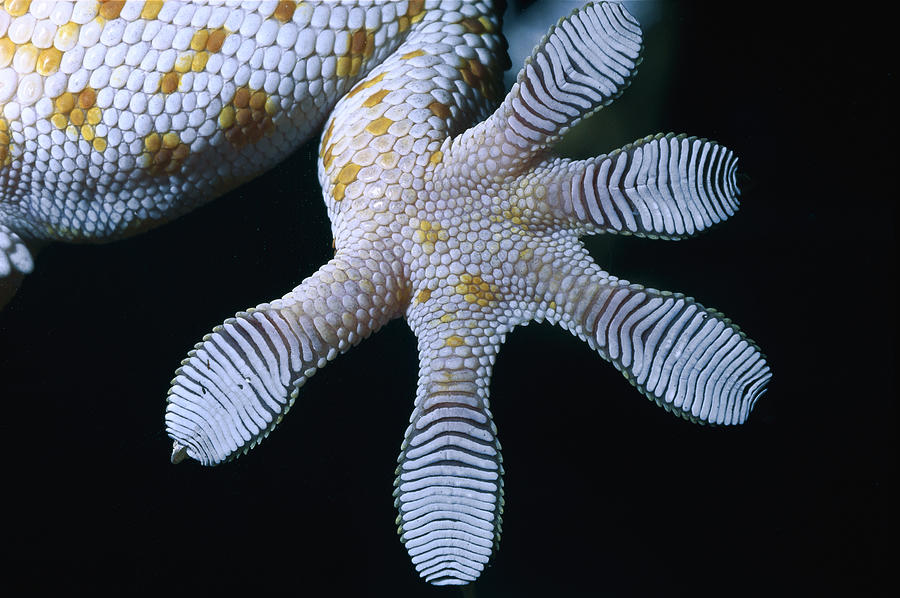Author: Greg Harman
Date: 12 Nov 2015
Publisher: The Guardian
Link: https://www.theguardian.com/sustainable-business/2015/nov/12/ford-motor-company-recycling-biomimicry-proctor-gamble-nih-nsf
A new partnership between the car maker, Proctor and Gamble, and the Biomimicry Institute is a significant step forward in propelling the philosophy of nature-inspired sustainable design.
In recent years, the Ford Motor Company has aggressively sought to solve environmental problems related to its products while reducing production costs. Wasted wheat straw often burned by Canadian farmers has been blended into a plastic feature of the Ford Flex to reduce petroleum use. Plastic bottles have been converted into fibers to cover the seats of a recent hybrid research vehicle.
Now, Ford is exploring biomimicry, the practice of solving complex human problems by replicating natural systems, in the hopes of continued economic and sustainability gains. In particular, the company hopes to derive new adhesives by studying the toe pads of the Tokay gecko, which allow the lizard to race across ceilings and glass windows, an ability that has inspired a rush of adhesives research over the last decade.

For Ford, cracking the secret of the Tokay gecko toe could mean boosting recycling rates for its vehicles by a full 10%. A gecko toe-inspired adhesive would allow the car manufacturer to better separate the mishmash of plastics and foams leftover after a car is stripped of its metal insides.
While Ford is not the first big corporation to pursue bio-inspired solutions, the very public investment, along with the company’s size and influence, can only propel the philosophy and practice of seeking solutions in nature, according to Beth Rattner, executive director of the Biomimicry Institute.
Car companies have long used popular psychological associations with animals. The Impala and Mustang connote speed, for instance, while the Stingray and Jaguar are named after animals that represent stealth.
In 2013, the Los Angeles Auto Show included a biomimicry challenge for automakers and design firms, called Biomimicry & Mobility 2025. BMW homed in on the schooling behavior of fish, while Subaru focused on the bounding nature of the kangaroo. However, the winner of the competition was the Chinese state-owned SAIC Motor, whose single-occupant vehicle, the Mobiliant, was inspired by the relationship between ants and the trumpet tree.
Though the technologies behind these innovations may be a few years off, bringing biologists to the table is increasingly moving innovation.
Biomimicry is a concept that is beginning to take hold on the automotive design field, as many exteriors and interiors are facing disruptive changes inspired by nature. In this case, exploration into biomimicry not only has aesthetic elements associated with it, but an edge in terms of sustainability. Though it may be difficult to merge both aspects, we should be on the lookout for ways to possibly integrate nature into our passengers’ experience.
Guardian News and Media. (2015, November 12). Ford looks To geckos to boost the recyclability of its cars. The Guardian. Retrieved September 21, 2021, from https://www.theguardian.com/sustainable-business/2015/nov/12/ford-motor-company-recycling-biomimicry-proctor-gamble-nih-nsf.




